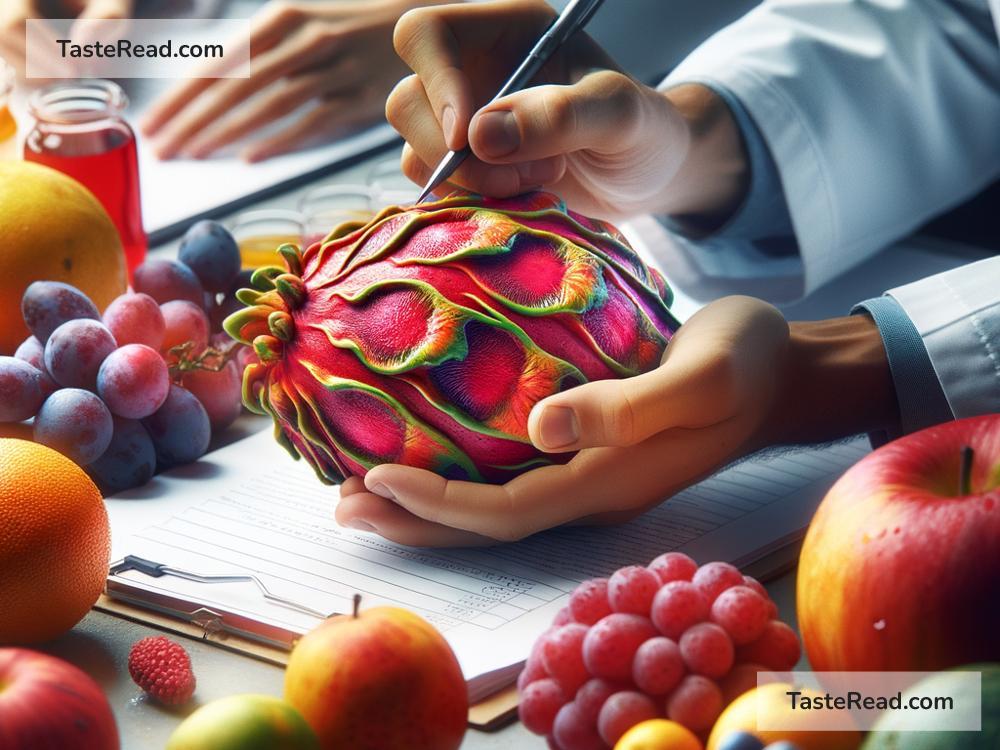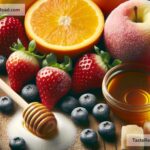How Fruit Breeding Affects Taste and Aroma
We all love biting into a juicy apple or tasting the sweetness of a ripe mango. But did you know that these fruits, and the flavors we enjoy, haven’t always been this way? Over the years, scientists and farmers have intentionally improved fruits using a process called fruit breeding. Thanks to this process, the fruits we eat today are sweeter, tastier, and more aromatic than their wild ancestors. So, let’s explore how fruit breeding influences the taste and aroma of the fruits we love.
What Is Fruit Breeding?
Fruit breeding is a method farmers and scientists use to create better fruits. The goal is to improve certain qualities, such as taste, aroma, appearance, and resistance to pests or diseases. This process involves selecting specific plants with desirable traits (like sweetness or a strong fragrance) and crossbreeding them to create a better variety.
For example, if one type of strawberry is sweet but lacks a strong aroma, and another type smells amazing but isn’t as sweet, breeders might try to combine these traits into one fruit by crossbreeding the plants.
The Natural vs. Improved Fruit
Wild fruits that grow naturally often taste very different from the ones we buy in stores. For instance, wild apples are small and sour, while modern apples are usually larger and much sweeter. This transformation is a direct result of fruit breeding.
In the past, farmers used simple methods like saving seeds from the best fruits to regrow them. Over time, these practices helped create better-tasting crops. Nowadays, advanced techniques like genetic analysis allow scientists to target specific flavors and aromas, speeding up the breeding process.
How Breeding Changes Taste
Taste is one of the most important qualities breeders focus on. A fruit’s flavor is mostly affected by its sugar content, level of acidity, and the presence of certain molecules.
-
Sweeter Fruits: Over the years, breeders have worked hard to create fruits with higher sugar content. Take watermelons, for example. Wild watermelons were less sweet and had a bitter taste due to chemicals called cucurbitacins. Breeders have reduced these bitter compounds while increasing the sugar levels, giving us the delicious, sweet melons we enjoy today.
-
Balanced Acidity: Acidity is also important for flavor. While sugar makes fruits sweet, a bit of acidity adds a tangy kick. Breeders often aim for this perfect balance of sweetness and acidity. For instance, modern lemons are bred to have just enough sweetness to soften their tart taste without losing their tangy appeal.
How Breeding Improves Aroma
A fruit’s aroma—the smell it produces—is just as important as its taste. Aroma plays a huge role in how we experience flavor. For example, when you bite into an orange, much of what you “taste” comes from its scent.
Scientists have discovered that the aroma of a fruit is created by volatile compounds—tiny molecules that evaporate and reach our noses. Breeding can increase or enhance the presence of these compounds, making fruits smell more appealing.
-
Richer Smells: Breeders have worked to enhance the fragrances of fruits like strawberries and pineapples. Wild strawberries may smell faint, but modern varieties have a strong, pleasant aroma because they contain higher levels of specific compounds like esters.
-
Unique Notes: Some fruits are bred to have new, exciting aromas. For example, certain grape varieties are bred to have floral or musky notes, giving them a unique aroma that stands out to consumers.
The Challenges of Breeding for Flavor
While fruit breeding has created many delicious fruits, it’s not always easy. There are challenges and trade-offs in the process. For instance:
-
Flavor vs. Shelf Life: Breeding for great taste might sometimes reduce how long a fruit stays fresh. Fruits like tomatoes and peaches have been bred to last longer during transport, but this has occasionally made them less flavorful. Scientists now work hard to create fruits with both great taste and longer shelf life.
-
Consumer Preferences: People in different parts of the world prefer different flavors. Some regions favor sweeter fruits, while others prefer them less sweet or more tangy. Breeders need to balance these preferences when developing new varieties.
-
Environmental Factors: A fruit’s taste and aroma don’t only depend on breeding. Where and how a fruit is grown (such as soil type, water availability, and climate) also affects its flavor, making the process even more complex.
The Future of Fruit Breeding
Because of advancements in science, fruit breeding is becoming faster and more precise than ever. Techniques like genetic modification (GM) and gene editing allow scientists to target specific genes responsible for taste and aroma. These methods could create fruits that are not only delicious but also more nutritious and resistant to climate change.
Imagine apples with even stronger and sweeter flavors, bananas that smell like vanilla, or mangoes that ripen perfectly without getting mushy. These possibilities might soon be a reality!
Conclusion
In short, fruit breeding has transformed how our fruits taste and smell. Over time, breeders have worked hard to make fruits sweeter, more flavorful, and more aromatic than their wild ancestors. Whether it’s a fragrant strawberry or a juicy peach, the fruits we enjoy today are a result of this incredible scientific process.
Next time you bite into a delicious fruit, remember the generations of farmers and scientists who worked behind the scenes to improve its taste and aroma. And as research and technology advance, who knows what amazing flavors and fragrances the future of fruit breeding will bring?


